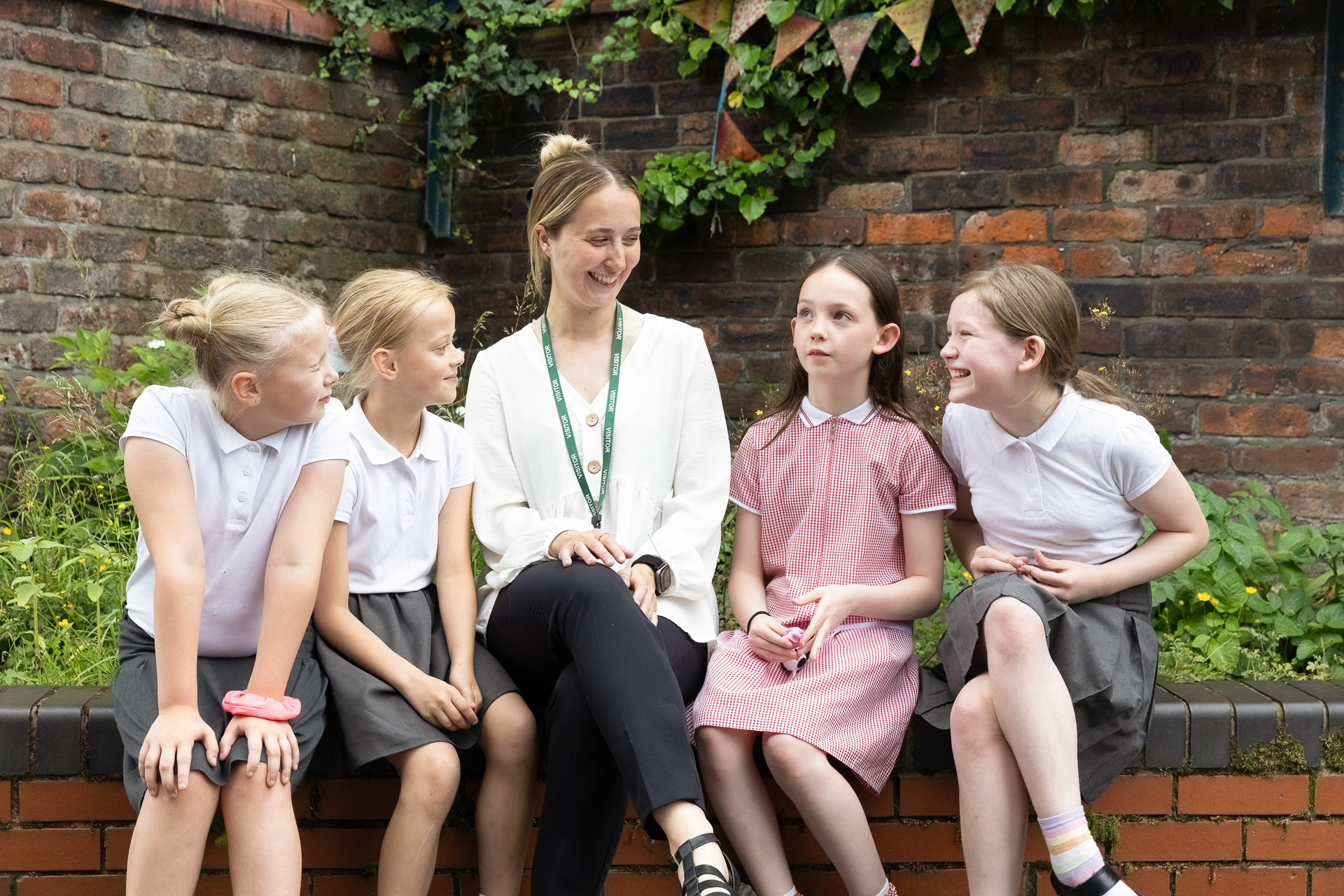Barriers and Enablers to Youth Participation

The government has committed to removing barriers to opportunity for young people, with the Department for Culture, Media and Sport (DCMS) developing a National Youth Strategy to coordinate youth services and expand access. Ahead of this, AllChild contributed to DCMS-led research examining the barriers and enablers of youth participation - Report linked here.
This blog highlights the key barriers identified and shares AllChild’s input on how services and systems can address them effectively.
Key takeaways at a glance:
- Barrier One – Misaligned provision
Many young people feel the youth activities on offer don’t match their interests. Consistent engagement with provision requires opportunities shaped around their goals and interests. Trusted adults are essential to helping young people and organisations design opportunities that start from this place of understanding.
- Barrier Two – Complex needs and circumstances
Many young people face challenges that make it hard to access or stay engaged in provision. Tailoring opportunities to individual needs and contexts helps ensure no one is excluded. When organisations focus on the outcomes they want to achieve, rather than delivering fixed services, practitioners can better adapt approaches and sustain meaningful engagement.
- Barrier Three – Local access
In some areas, youth activities are scarce or non-existent. Ensuring access to high-quality provision requires approaches that are rooted in the local context and are supported by strong coordination between communities, families, local authorities, and VCSE.
Barrier One: Opportunities don’t align with young people’s interests
The research shows that ‘I’m not interested in going’ is the most common attitudinal, psychological, and relational reason for non-engagement. Meaningful participation happens when opportunities connect to a young person’s interests, needs, and goals. This requires more than offering lots of activities - it requires trusted relationships and a deep understanding of each young person.
AllChild Link Workers spend two years embedded in schools, building trust with children and young people. They identify the causes of disengagement, understand interests and strengths, and co-design support with families and schools, including access to external activities. This approach ensures young people access opportunities that interest them and allows any hesitation or uncertainty to be quickly surfaced and addressed through that trusted relationship.
Barrier Two: Young people have multiple, complex needs and circumstances
Youth Participation Survey data shows that young people with a limiting disability or health condition are more likely to cite their physical health or disability as a reason for non-participation, alongside travel difficulties, mental health, confidence, and fitting in.
Socioeconomic disadvantage also plays a significant role. Young people on free school meals are less likely to participate and more likely to cite cost, confidence, and mental health as barriers. One-size-fits-all services are therefore hardest to access for those facing multiple, overlapping challenges.
Because each young person’s needs and circumstances differ, provision must be tailored. To effectively do so, AllChild has seen that by focusing on delivering outcomes, rather than a fixed menu of services, practitioners and local organisations can do what it takes to ensure engagement. An outcomes lens supports flexible, adaptive practice that moves away from a one-size fits all solution.
Barrier Three: Availability and accessibility of provision
The research finds that access depends largely on whether provision exists locally and whether young people are eligible to use it. Funding is central, yet between 2010/11 and 2023/24, local authority spending on youth services fell by 73%. Locally tailored provision ensures that opportunities are not only available but relevant.
AllChild has found that intentional community listening activities are effective in identifying both existing local assets as well as gaps in provision. When combined with community co-design, this approach enables the creation of provision that complements what communities and organisations are already doing well, leverage their strengths, and strategically fill gaps where additional resource is needed, without duplication.
Looking ahead
Young people want to freely access the provision and activities in their communities in ways that work for them. This means considering their needs, tailoring support, and coordinating delivery locally, across sectors. For Government, there is a clear opportunity for alignment between the upcoming National Youth Strategy and the Child Poverty Strategy. Coordination between the two would help create accessible opportunities for all young people, ensuring that socioeconomic disadvantage no longer limits access and participation.
At the heart of effective youth provision are trusted adults who understand young people’s goals, help families navigate support, and connect them to the right services and opportunities. We look forward to the National Youth Strategy and to working with partners across the sector to ensure every young person can access the opportunities they need, at the right time and in the right way.
To read the full report, click here.

